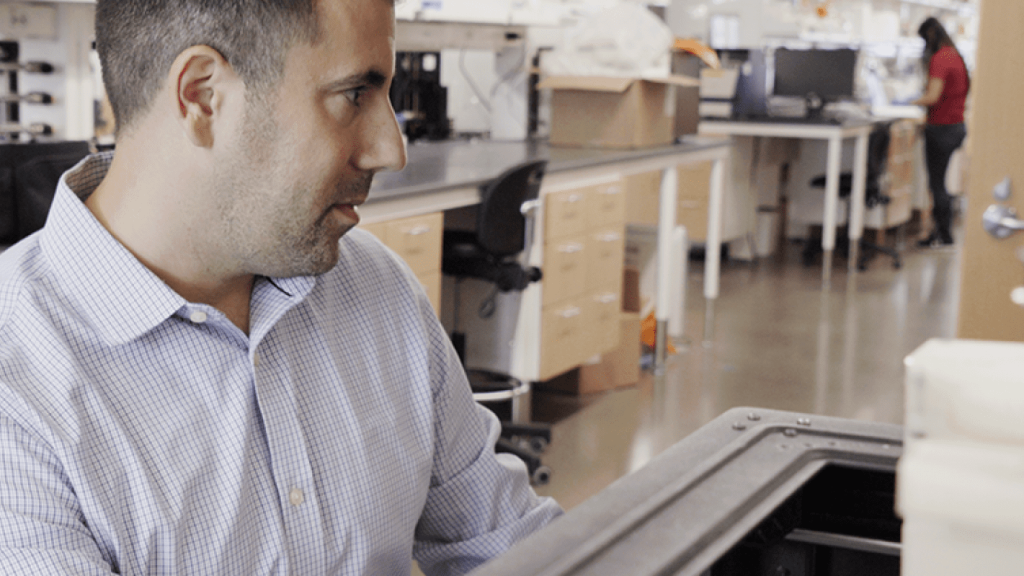Adam Feinberg, Carnegie Mellon professor of biomedical engineering.
A research team at Carnegie Mellon University has developed a technique for 3D printing tissue scaffolds out of collagen, the major structural protein in the human body. This brings the field of tissue engineering one step closer to being able to 3D print organs and tissues.
The technique, called freeform reversible embedding of suspended hydrogels (Fresh), overcomes many of challenges a in 3D printing tissues and gives biomedical engineers higher levels of resolution and fidelity for printing soft and living materials.
Researchers at Carnegie Mellon adapted 3D printing for bioprinting, which uses the technology to make tissues and organs, as they tried to construct working components of a human heart.
“What we’ve shown is that we can print pieces of the heart out of cells and collagen into parts that function such as a heart valve or a small beating ventricle,” says Adam Feinberg, a professor of biomedical engineering. “By using MRI scans of a human heart, we could accurately reproduce patient-specific anatomical structures and 3D bioprint collagen and human heart cells.”
Source: Machine Design
Click here for the full article.

